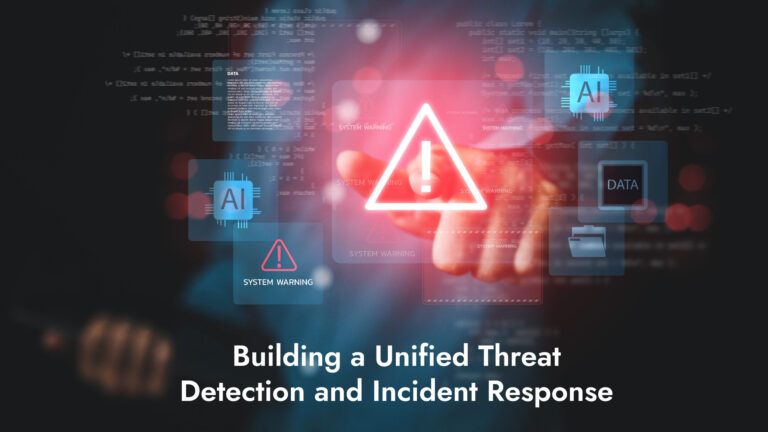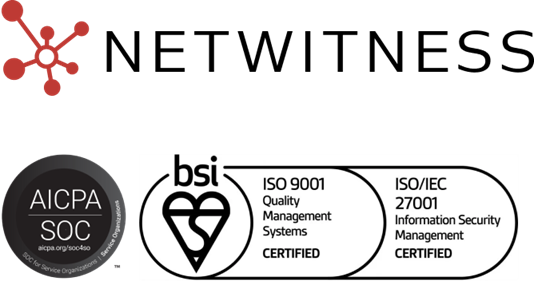What is Data Lake Security?
Data lake security encompasses the comprehensive measures, technologies, and policies used to protect vast repositories of structured, semi-structured, and unstructured data from unauthorized access, misuse, and loss. A security data lake specifically focuses on centralizing and protecting security-related information including logs, alerts, and network traffic data to support threat detection and investigation activities.
Implementing robust data lake security best practices through encryption, access controls, and continuous monitoring enables organizations to protect sensitive information while maintaining the flexibility and scalability that enterprise data lake architectures provide for analytics and security operations.
Synonyms
- Data Governance
- Data Protection
- Security Data Lake (SDL)
- Fine-grained Access Control
- Data Privacy and Compliance
- Identity and Access Management (IAM)
Why Data Lake Security Matters
Failing to implement comprehensive data lake security can result in data breaches, regulatory violations, unauthorized access to sensitive information, and significant financial and reputational damage. Key reasons data lake security architecture is essential include:
- Sensitive Data Protection: Safeguarding personal information, financial records, and proprietary business data stored in data lake storage against unauthorized access and exfiltration.
- Regulatory Compliance: Meeting legal requirements including GDPR, HIPAA, and industry-specific regulations through proper data lake governance and security controls.
- Trust Maintenance: Demonstrating commitment to data protection that maintains customer confidence and stakeholder trust in organizational data practices.
- Operational Continuity: Protecting critical analytics infrastructure that supports data-driven decision-making and business intelligence operations.
Effectively implementing data lake security ensures organizations can leverage benefits of a data lake while maintaining strong protection for sensitive information across cloud-based data lakes and on-premises deployments.
How Data Lake Security Works
Data lake security architecture typically employs multiple protective layers:
- Access Control Implementation: Deploying role-based access control and identity management systems that restrict data access based on user roles and business necessity.
- Data Encryption: Applying encryption to data at rest in data lake storage and data in transit to prevent unauthorized access even if security perimeters are breached.
- Logical Data Organization: Creating structured zones within data lake architecture that categorize data by sensitivity levels enabling differentiated security controls.
- Continuous Monitoring: Implementing logging and analysis systems that track all data access, modifications, and security events for investigation and compliance.
- Data Masking and Tokenization: Protecting sensitive information in testing and analytics environments by replacing actual values with anonymized alternatives.
Types of Data Lake Security Applications
- Security Data Lake: Specialized repositories focused on collecting and analyzing security logs, alerts, and threat intelligence for SOC operations.
- Enterprise Data Lake Security: Comprehensive protection for large-scale organizational data repositories supporting business analytics and machine learning.
- Cloud Based Data Lake Security: Security controls specifically designed for data lakes deployed on cloud platforms with shared responsibility models.
- Hybrid Data Lake Protection: Security architectures addressing data lakes spanning on-premises infrastructure and cloud environments simultaneously.
Best Practices for Data Lake Security
- Implement Strong Access Controls: Deploy fine-grained access control mechanisms ensuring users access only data necessary for their specific roles and responsibilities.
- Encrypt All Sensitive Data: Apply encryption to data at rest and in transit using appropriate algorithms based on data sensitivity and compliance requirements.
- Establish Data Governance: Create policies defining data ownership, quality standards, access protocols, and compliance requirements across data lake management operations.
- Maintain Comprehensive Logging: Track all data access and modification activities through detailed logs supporting security investigations and compliance audits.
- Regular Security Audits: Conduct periodic assessments of security controls, access permissions, and compliance status to identify and address vulnerabilities.
Related Terms & Synonyms
- Data Governance: Policies and procedures ensuring proper management, quality, accessibility, and security of data throughout its lifecycle.
- Data Protection: Comprehensive practices and technologies safeguarding data confidentiality, integrity, and availability against threats.
- Security Data Lake (SDL): Specialized data repository focused on storing and analyzing security-related information for threat detection and response.
- Fine-grained Access Control: Detailed permission systems controlling data access at granular levels including individual files, columns, or rows.
- Data Privacy and Compliance: Practices ensuring data handling meets regulatory requirements and protects individual privacy rights.
- Identity and Access Management (IAM): Systems managing user identities and controlling access to resources based on authentication and authorization.
People Also Ask
1. What is a data lake?
A data lake is a centralized repository designed to store vast amounts of structured, semi-structured, and unstructured data in its native format, enabling organizations to perform analytics, machine learning, and data processing without predefined schemas.
2. What is data lake architecture?
Data lake architecture is the technical design combining data ingestion systems, scalable storage infrastructure, processing engines, and analytics tools that work together to collect, store, manage, and analyze large volumes of diverse data types.
3. How to build a security data lake?
Build a security data lake by selecting scalable storage infrastructure, implementing data ingestion pipelines for security logs and events, deploying analytics tools for threat detection, establishing access controls and encryption, and integrating with existing security operations workflows.
4. What are the security implications of using a data lake?
Security implications of data lakes include challenges managing access control across diverse data types, ensuring data privacy and compliance with regulations, protecting against unauthorized access to sensitive information, maintaining data integrity, and preventing data lakes from becoming ungoverned “data swamps.”




